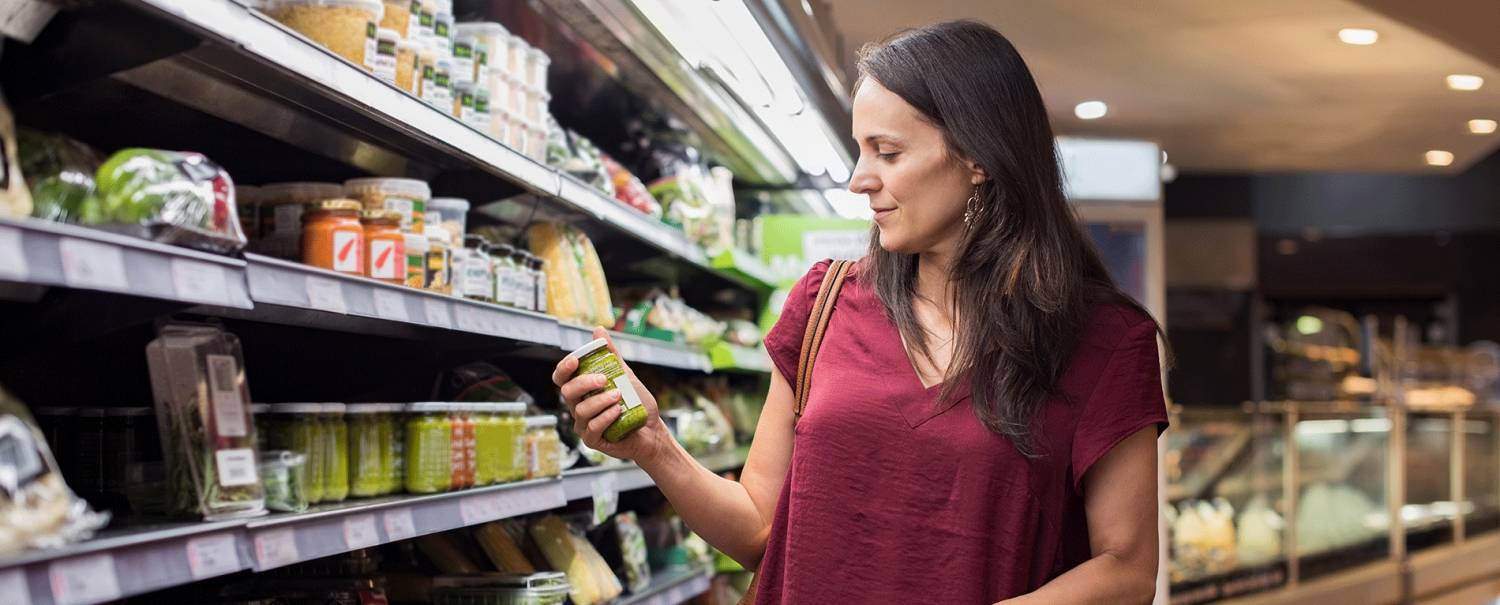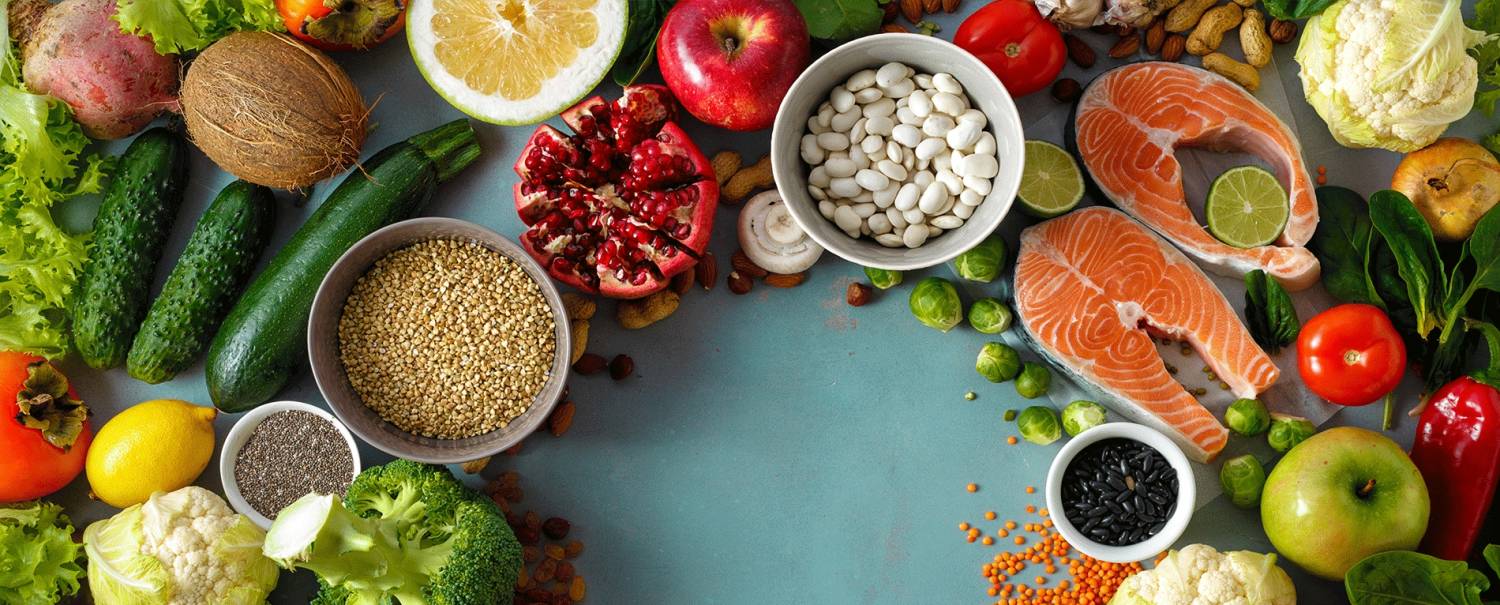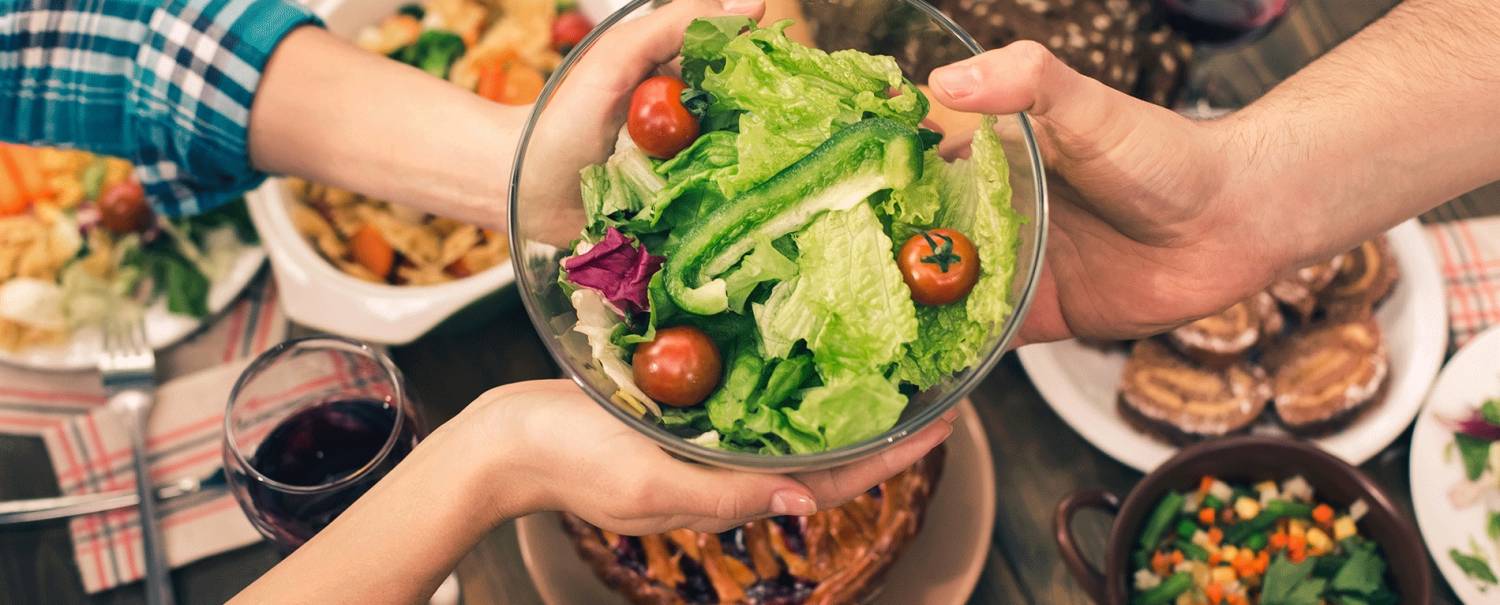Real food: what is it?
The growing trend towards a healthy diet based on the consumption of unmodified foods or foods that are minimally processed, and commonly known as "Real Food", is growing apace on social networks. But what is really behind this concept?
TOPIC OF THE MONTH
Share
The concept of real food is not new. This movement seeks to promote a diet such as that of yesteryear, in which healthy and nutrient-rich ingredients were used. Their main "enemy" is heavily processed food.
Real food vs processed foods
Real food includes all those foods that have not been modified, or have been only slightly modified. These are mainly fresh foods that should be eaten almost daily. These include: fruits, vegetables, legumes, meats, fish, seafood, eggs, dairy products and whole grains, as well as those known as "superfoods", and all kinds of herbs and spices.
For their part, heavily processed foods have been highly modified, while at the same time many additives have been added. In general, they are products rich in sugars, saturated fats and salt. In addition, they contain a high degree of additives, responsible for those flavours that make them so attractive and that encourage us to eat more. Industrial bakery goods, sauces, pre-cooked meals, soft drinks and energy drinks and refined cereals are all part of this group.
Does this mean that we have to banish this type of food completely from our diet? Well, as they say, everything can be eaten in moderation, always following good eating habits.
What about "good" processed foods?
These are natural foods that have been minimally processed without affecting the quality of their nutrients or their natural properties. In some cases, this practice can even be beneficial.
Preserved foods
They are a good alternative and can be very useful at any given time. For example, legumes which, unlike dried ones, do not need soaking or cooking, or canned fish, such as tuna, which is ready to use. Vegetables in oil or in their own sauce and pickles in vinegar are also good choices.
They are basically the same version of the ones you can make at home when making home-made preserves, but they have a longer shelf life and they mean that you don’t have to prepare them yourself, therefore they help you to eat more healthily.
Frozen fruit and vegetables
They save us time, as they can be defrosted and used very quickly, and in many cases there is no need to defrost. In addition, this type of food can have even more nutrients than if we keep the fresh items refrigerated for a long time, because once frozen, maturation and exposure to sunlight, oxygen and other factors that cause nutrient loss is halted.
Pasteurised dairy products
Pasteurisation reduces pathogenic microorganisms to a minimum as does the UHT (ultra-pasteurisation) process, which is one of the most widely used processes in Spain.
Therefore, pasteurised milk, whole or skimmed, natural yogurt without added sugar, or fresh cheese, are good sources of nutrients and much safer for the body than those we prepare at home.
Dried foods
The drying process extends the useful life of foods, concentrating their nutrients at the same time and doing away with seasonality, as is the case for mushrooms, seaweed, fruit or dried herbs, among others. All these products help to create a meal in a short amount of time and in a safe way, because removing the water also reduces the chances that these products contain microorganisms that may be harmful to the organism.
Frozen seafood and fish
Although we always prefer these products fresh, the nutrients and quality of fish and seafood keep much better in the freezer, as do frozen vegetables and fruit. In addition, the price is always more competitive than fresh produce, which also contributes to an increase in the consumption of fish.

Cómo sobrevivir a los grupos de WhatsApp
Leer más
Cómo sobrevivir a los grupos de WhatsApp









